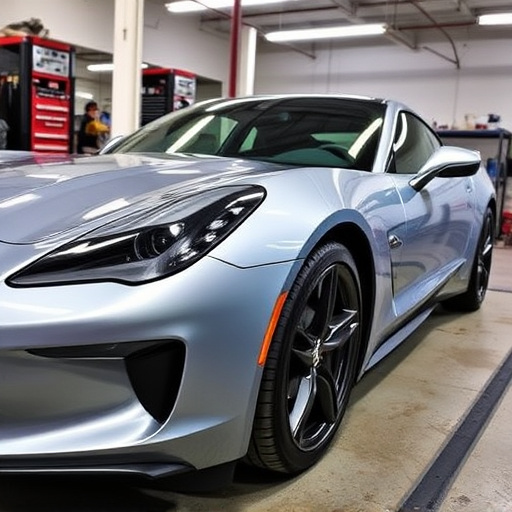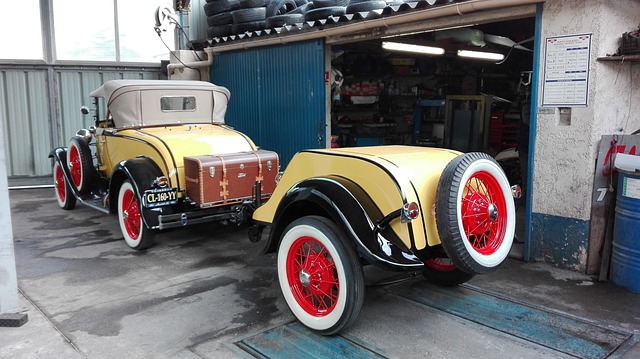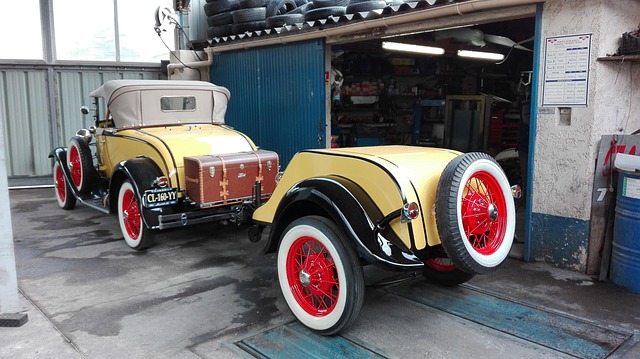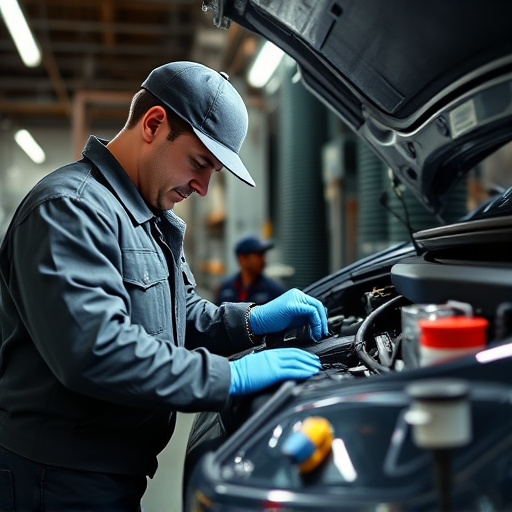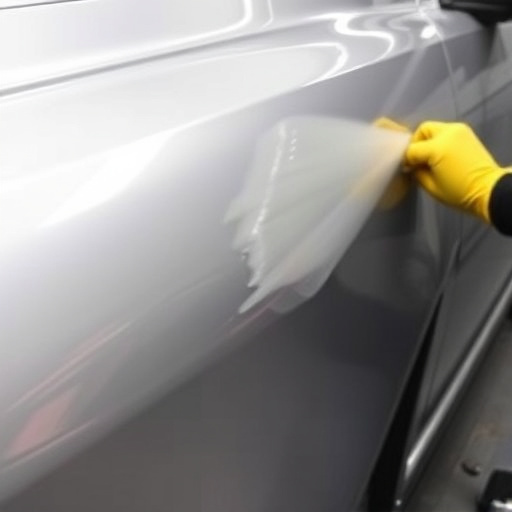Mercedes high-voltage disconnect (HVD) systems are essential for safe vehicle maintenance and repair, especially in luxury cars with electric motors. HVDs isolate high-voltage circuits, preventing electrical hazards by disconnecting the battery from components like the HVAC compressor during service. Adhering to strict protocols is crucial for technicians performing collision or body repairs on Mercedes vehicles to avoid short circuits and ensure component safety.
Mercedes vehicles are renowned for their advanced technology, and this extends to their high-voltage (HV) systems. When it comes to HVAC electric compressor service, understanding the importance of a Mercedes high-voltage disconnect is crucial. This comprehensive guide explores the intricate HV disconnect systems in Mercedes cars and why safe disconnection is vital prior to any compressor service. By following optimal procedures, technicians can ensure peak performance and maintain these sophisticated vehicles’ efficiency.
- Understanding Mercedes High-Voltage Disconnect Systems
- Why HVAC Electric Compressor Service Requires Disconnection
- Safe Disconnection Procedures for Optimal Performance
Understanding Mercedes High-Voltage Disconnect Systems
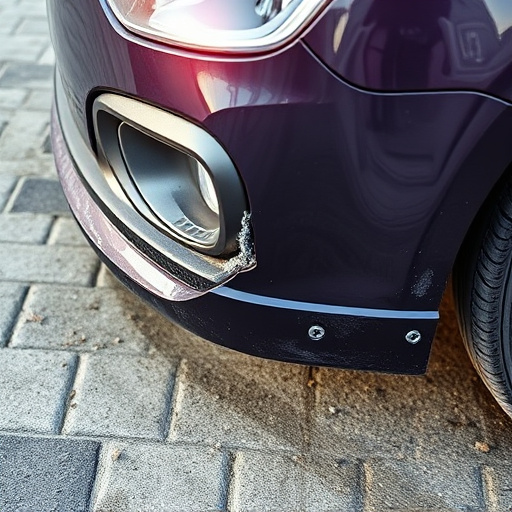
Mercedes high-voltage disconnect (HVD) systems are integral components designed to enhance vehicle safety and performance. These advanced mechanisms play a pivotal role in managing and isolating high-voltage electrical circuits, particularly in modern Mercedes cars equipped with electric motors and complex power electronics. Understanding the HVD system is crucial for anyone involved in collision damage repair or auto body shop work on these luxury vehicles.
The primary function of a Mercedes HVD is to disconnect the high-voltage battery from the vehicle’s electrical system during service or maintenance, especially when working on components like the electric compressor in the HVAC (heating, ventilation, and air conditioning) system. This process ensures that no live wires are exposed, reducing the risk of electrical shocks and potential hazards for technicians. Auto body shops specializing in Mercedes repairs should be well-versed in these systems to guarantee safe and effective collision damage repair and service procedures.
Why HVAC Electric Compressor Service Requires Disconnection

The safety and efficiency of a Mercedes Benz repair, especially when dealing with luxury vehicles, demand meticulous attention to detail. One critical aspect of servicing the HVAC electric compressor is the requirement for a Mercedes high-voltage disconnect. This step is not merely a procedural checklist but an essential safety measure. High-voltage systems in modern vehicles, including those in luxury vehicle repairs like Mercedes models, pose significant risks if not handled properly.
A Mercedes high-voltage disconnect prevents any electrical shorts or accidents that could arise from working on such systems while they are active. In the event of a vehicle collision repair, where components might be compromised, this disconnection ensures technicians can service and replace parts without exposing themselves or the vehicle to potential hazards. It’s a crucial step in maintaining not just the functionality but also the safety of the vehicle during luxury vehicle repair processes.
Safe Disconnection Procedures for Optimal Performance

When performing service on the electric compressor of a Mercedes, following safe disconnection procedures is paramount for optimal performance and longevity of the system. Before initiating any work, technicians should ensure all high-voltage disconnects are executed correctly. This involves isolating the battery, cutting off power to the compressor, and employing specialized tools to safely remove electrical connections. A misplaced tool or forgotten step could lead to short circuits or other electrical malfunctions, causing more harm than good.
Proper disconnection procedures not only protect the technician but also ensure the vehicle’s subsequent performance after service. Mercedes high-voltage disconnect protocols are designed to prevent accidental activation of components while work is ongoing, a measure crucial in vehicle collision repair and body repair scenarios. Even for seemingly routine tasks like auto glass replacement, adhering to these guidelines is essential to maintain system integrity.
When conducting HVAC electric compressor service on Mercedes vehicles, it’s paramount to prioritize safety and performance. This involves understanding the car’s high-voltage disconnect (HVD) system and adhering to strict disconnection procedures. By ensuring proper isolation of the high-voltage system before any service work begins, technicians can mitigate risks and guarantee optimal performance during the repair process. Remember, a safe and effective Mercedes high-voltage disconnect is key to maintaining these sophisticated vehicles’ efficiency and longevity.








